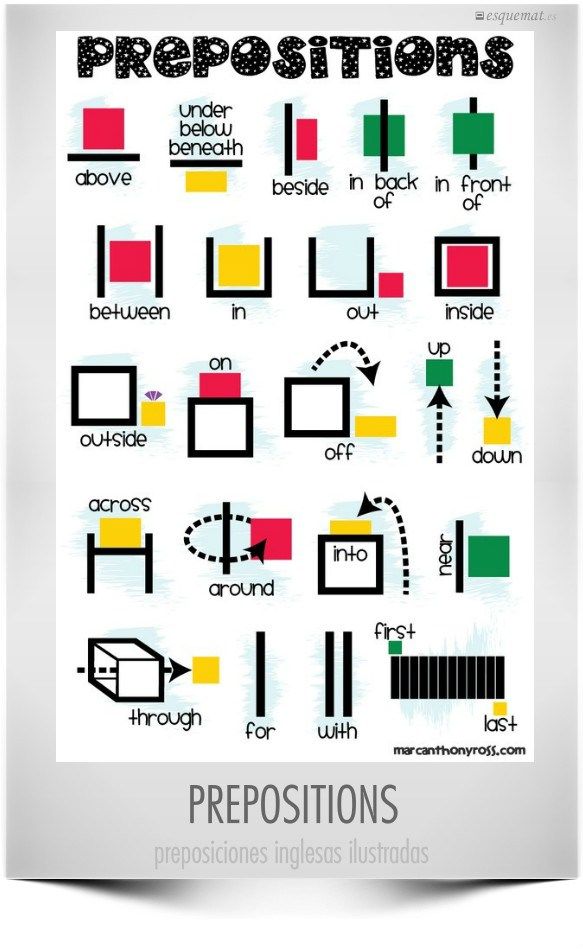Celestine Chua
Here is a mistake that is made a lot, so please have a good look at the difference between kind of and kinds of. When you speak about kind of with more than one thing, you need to use kinds of with an s. If the thing that is described is more than one, you also need to put an s after this word, too. For example: I have different kinds of pens.
Let’s study a few examples:
What kind of pen do you use? I use different kinds.
What kind of fruit do you like? Oh, I like many kinds of fruits.
Another example:
This cafe has the kind of design that I like.
More than one kind of design was used in the new museum.
We get all kinds of children at our nursery school: quiet children…
View original post 212 more words







